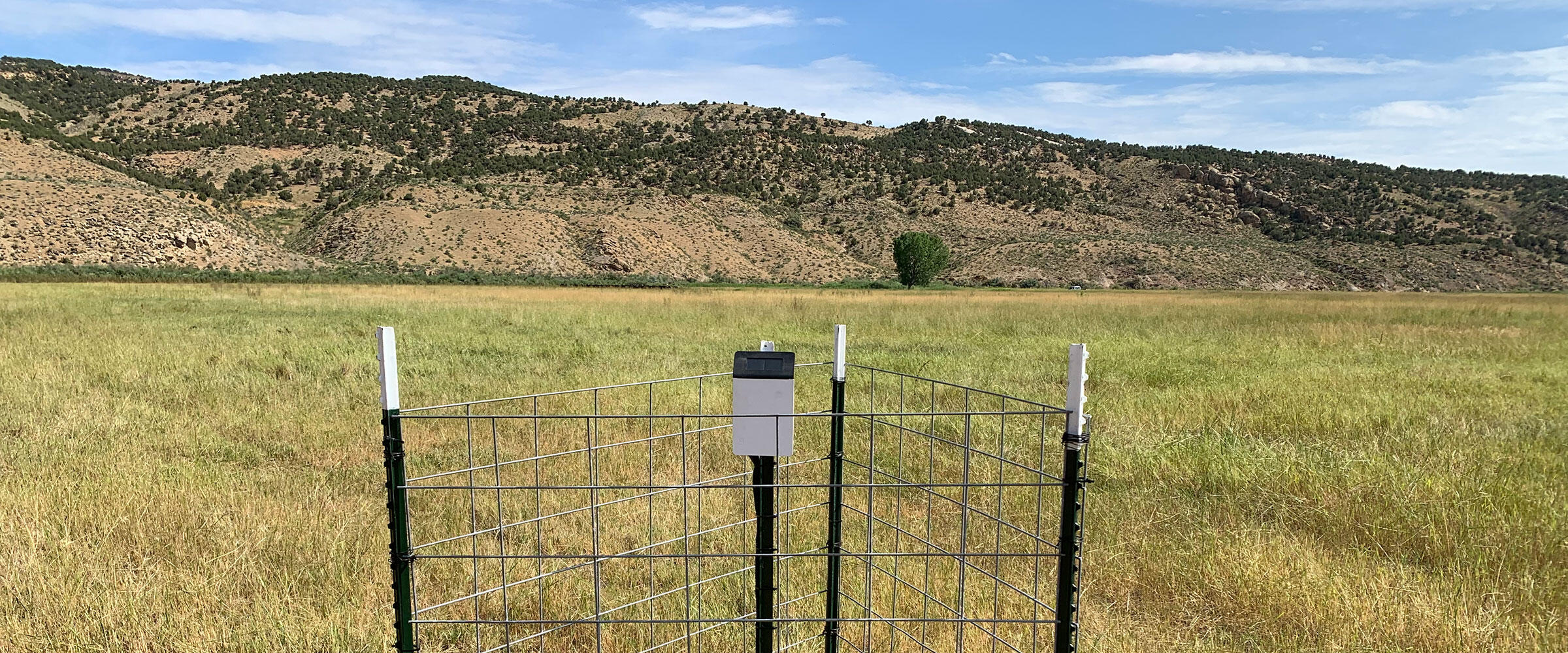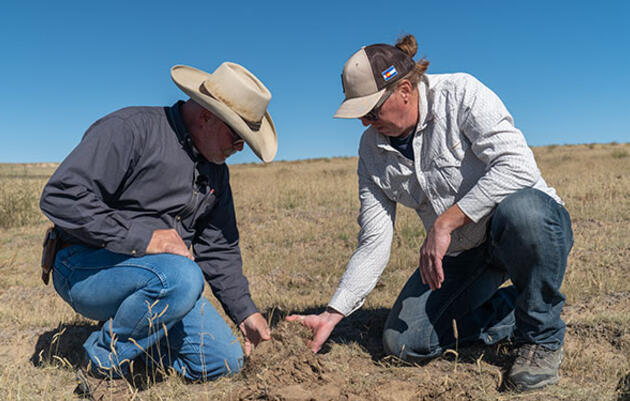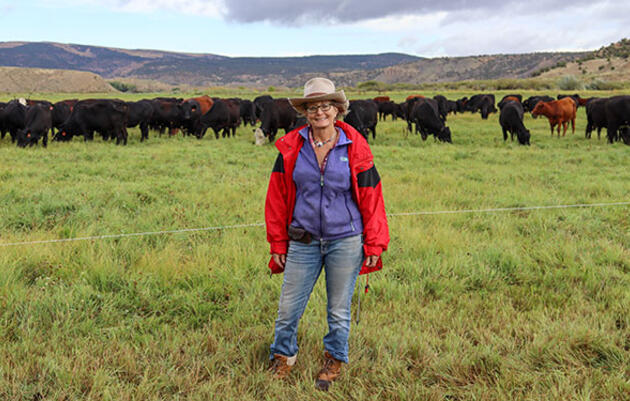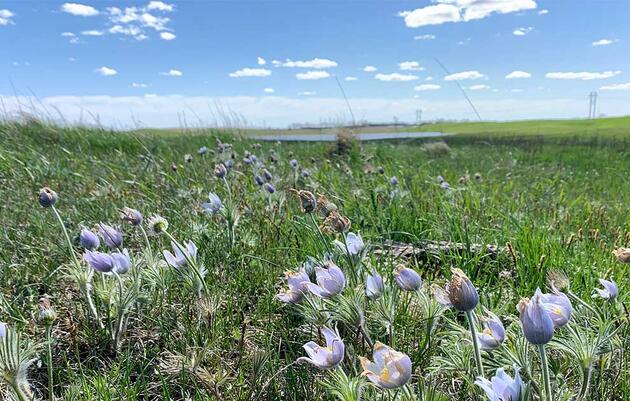Launching the Project in 2022
In 2021, Audubon Rockies was invited to participate in a new initiative sponsored by the Colorado Department of Agriculture (CDA). Known as “Saving Tomorrow’s Agricultural Resources” (STAR), the program is intended to help farmers and ranchers evaluate current management practices to help improve soil health.
The program assigns points for certain management practices and scores are ranked 1 to 5. Five “STARs” is the highest ranking, indicating that a producer is employing a suite of practices that provide optimal soil health and water retention benefits. In Colorado, STAR has been adopted to evaluate rangelands, which include a variety of important bird habitats, such as shortgrass prairie, sagebrush steppe, shrublands, wetlands and riparian areas, oak woodlands, and deserts.
Audubon’s Conservation Ranching (ACR) Initiative has certified 15 ranches in Colorado, collectively spanning approximately 615,000 acres. Seven ACR-certified ranches in Colorado were selected to participate in the STAR “Plus” program on behalf of the CDA. Key highlights of the STAR Plus program include the following:
- Technical assistance on soil health principles from Audubon to the ranchers
- Three years of financial assistance to the ranchers
- Quantification of soil carbon and water benefits through soil testing and soil moisture monitoring
- STAR rankings to provide feedback to ranchers regarding management practices.
In the fall of 2022, ecologists with Audubon Rockies collected the first round of scientific data for the program. This included soil health samples submitted for analysis using the Haney test. This test is important for regenerative agricultural practitioners because it provides benchmarks for soil biology and helps evaluate nutrient availability and microbial activity. The test combines soil chemistry and biological measurements to determine the amount of nutrients available to plants, soil respiration, and water-soluble fractions of organic carbon and nitrogen. This is critical information for ranchers because it provides a snapshot of overall soil health, which drives the health of the vegetation that feeds their cattle. It’s also important to birds and other wildlife that live on ranches too. Certain grazing management practices can help optimize soil organic matter storage and improve overall soil biology.
Expanding Monitoring in 2023
The second phase of STAR Plus data collection was performed in the summer of 2023. This included the installation of soil moisture monitoring sensors at the seven ACR-certified ranches enrolled in the program. Evaluation of soil moisture is a crucial step towards assessing how grazing management practices affect overall soil health. Generally, as soil organic matter increases through proper grazing, nutrient and water holding capacity will increase as well.
Equipment used included the ZL6 data logger and Teros 10 and 11 data sensors, which are designed by Meter. The ZL6 data logger collects real-time sensor data using either a USB cable, Bluetooth®, or cellular network connection. The data logger uses a cloud-based app called Zentra Cloud to collect and access the data. Two sensors are connected to the ZL6—the Teros 10 and Teros 11—which collect soil moisture and temperature data. The weatherproof ZL6 data logger is solar-powered and can last up to several years on rechargeable batteries. The data logger is mounted on a fencepost and the sensors are buried at a depth of six inches. Durable cattle panels are installed that surround the data logger for protection from curious cattle. Following installation, data is seamlessly streamed to Zentra Cloud and can be accessed either via desktop computer or phone app.
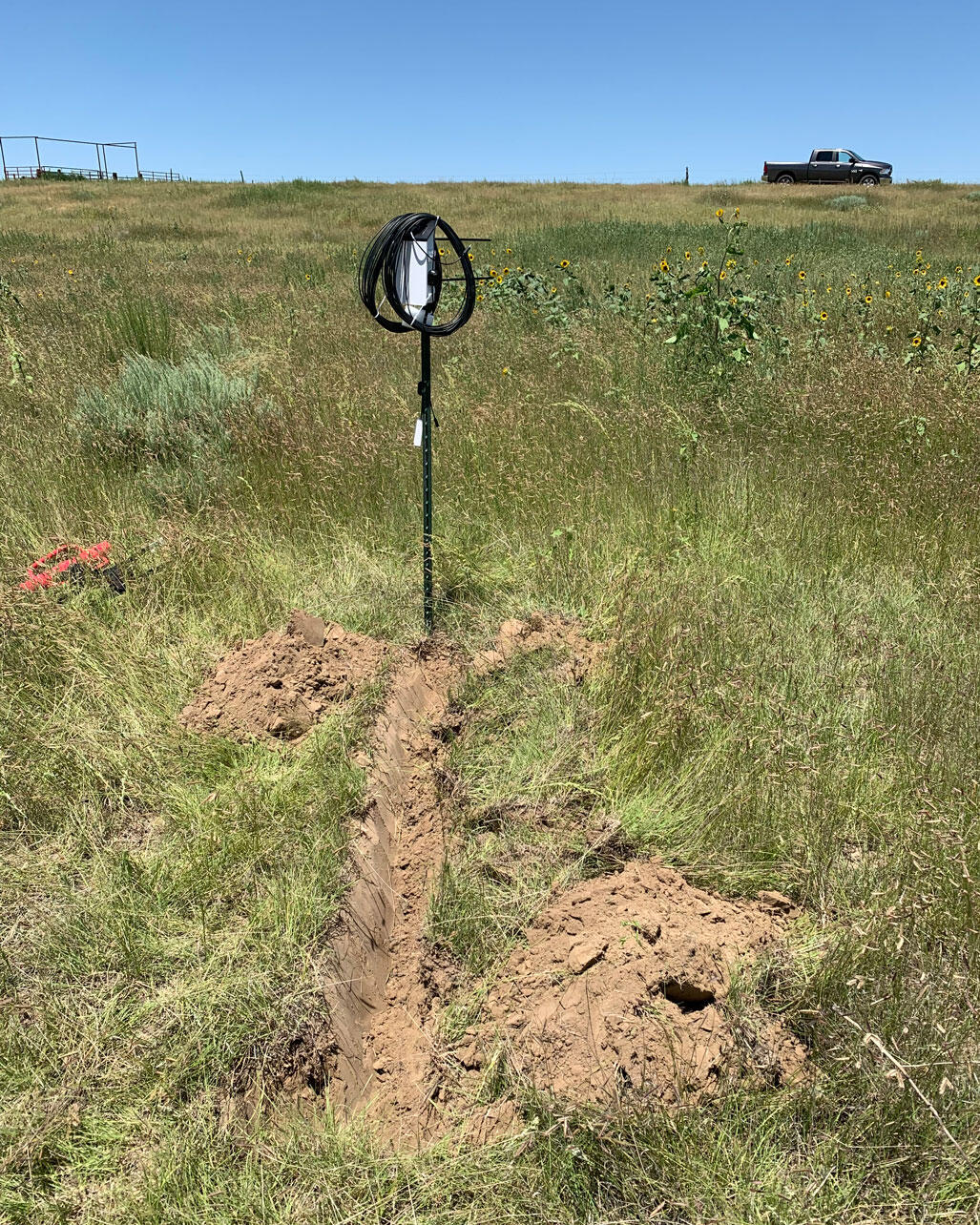
The collection of soil health samples and soil moisture monitoring are important scientific tools for evaluating how land management practices impact what is happening below ground. Regenerative agriculture stresses the importance of the health of both the above- and below-ground ecosystems. Through participation in STAR Plus, ACR-certified ranches in Colorado have a unique chance to be at the cutting edge of scientific monitoring for soil health. Importantly, this will allow Audubon to better track soil health metrics moving forward. Combined with annual vegetation and bird monitoring data, this information can be used to holistically evaluate the important role that regenerative agriculture has on bird populations.

